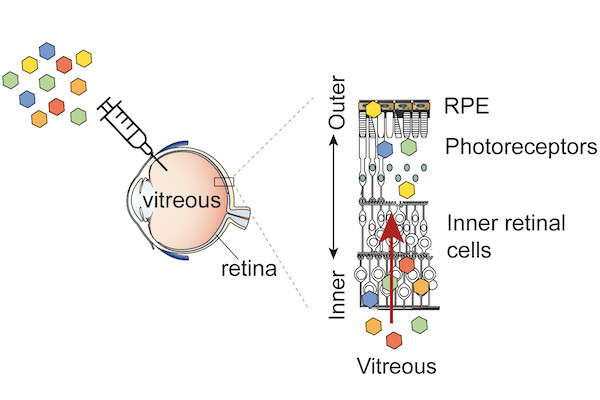
Articles from Katherine Unger Baillie

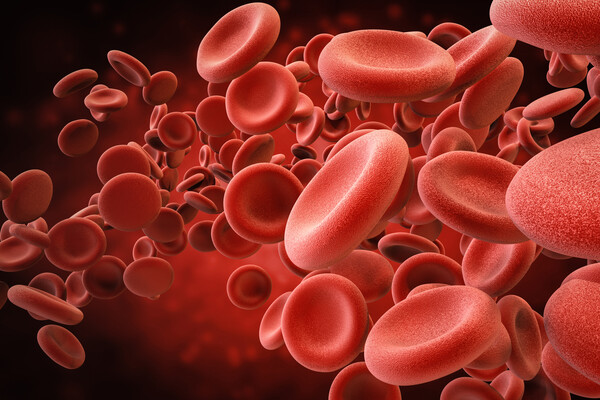
Novel gene therapy for hemophilia A
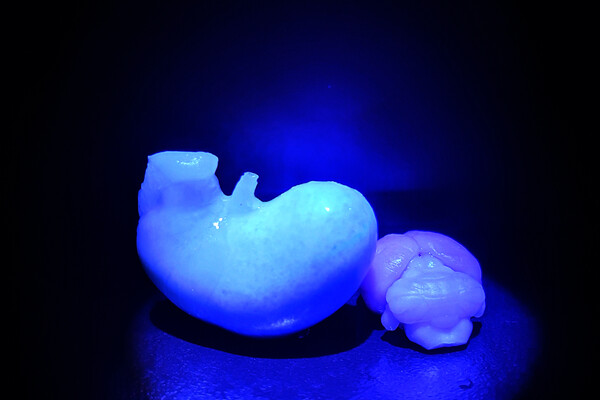
Signals between the brain and stomach help animals decide when and how much to eat. A research collaboration involving Penn neuroscientists has uncovered a sensor for fullness in an area of the brain never before associated with satiation: the cerebellum. (Image: Courtesy of the Betley laboratory)
In the brain’s cerebellum, a new target for suppressing hunger
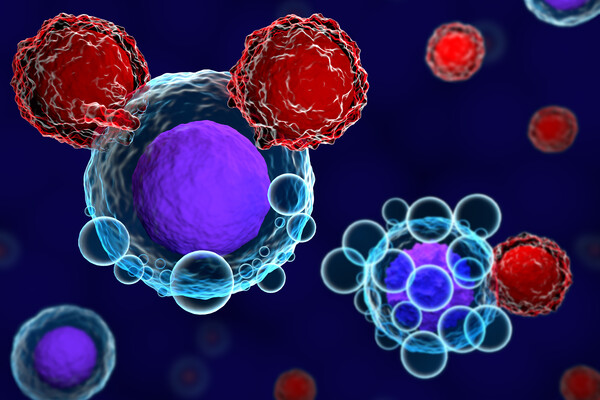
A new class of CAR T cells targets previously untargetable cancer drivers
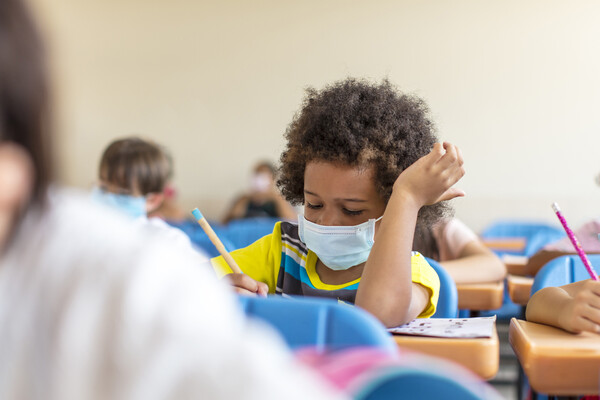
With more kids eligible for vaccines, is the pandemic in a new phase?

The opening of the Pavilion marks the completion of the University’s largest capital building project, and culmination of a planning and design process years in the making. (Image: Eric Sucar)
nocred
Historic move ushers in new era of care
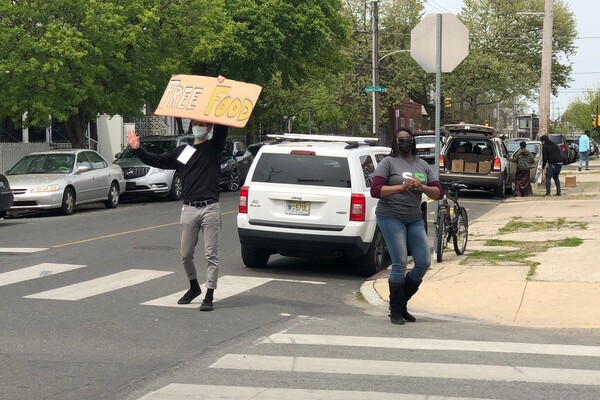
Wil Prall, a biology doctoral student, volunteered as part of Palm It Forward, an event organized by Palms Solutions to support the West Philadelphia community during the pandemic. (Image: Courtesy of Mecky Pohlschröder)
Supporting Philadelphia newcomers and longtime residents through Palms Solutions
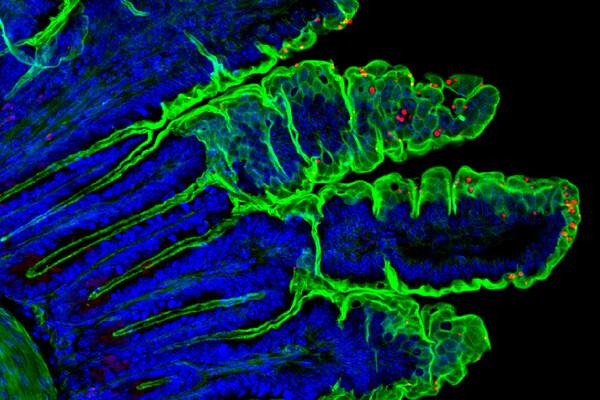 A Penn Vet-led team was the first to sequence, study, and manipulate a naturally occurring mouse Cryptosporidium, a parasite responsible for life-threatening illness in people, as well as livestock, pets, and wildlife worldwide. (Image: Muthugapatti Kandasamy, Adam Sateriale, and Boris Striepen)
A Penn Vet-led team was the first to sequence, study, and manipulate a naturally occurring mouse Cryptosporidium, a parasite responsible for life-threatening illness in people, as well as livestock, pets, and wildlife worldwide. (Image: Muthugapatti Kandasamy, Adam Sateriale, and Boris Striepen)
A hub for zoonotic disease research

Pairing iron oxide nanoparticles with hydrogen peroxide results in a precisely targeted treatment for killing harmful oral bacteria, breaking down dental plaque, and even diagnosing harmful oral biofilms, according to a new study. (Image: Courtesy of the study authors)
‘Nanozyme’ therapy prevents harmful dental plaque buildup
